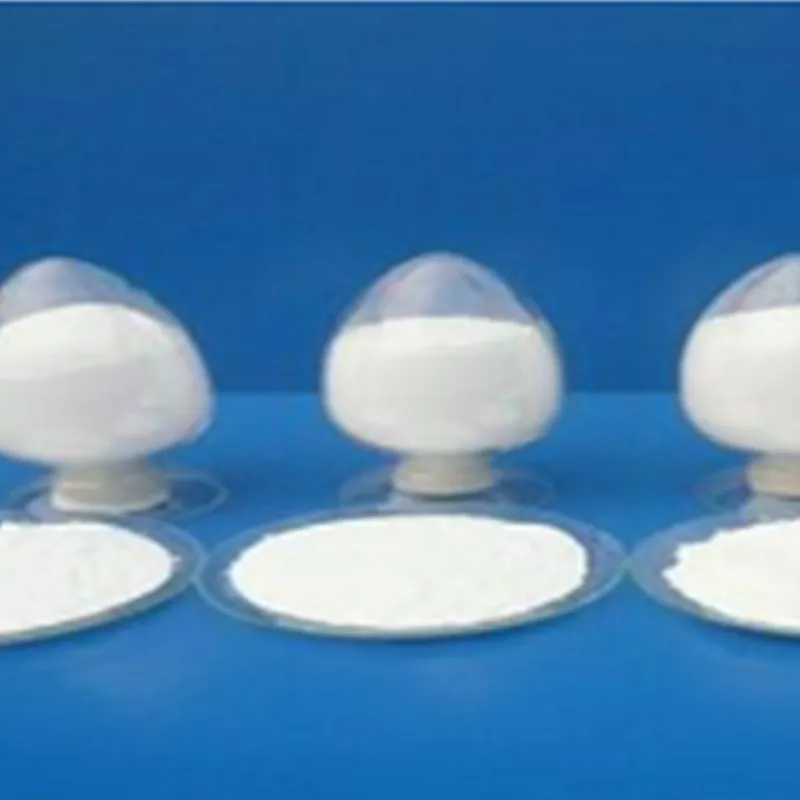
e460 food additive
Understanding E460 A Comprehensive Overview of Food Additive E460
E460, also known as cellulose or microcrystalline cellulose, is a food additive widely used in the food industry for its versatile properties. This additive is derived from plant cell walls and is known for its ability to function as a bulking agent, anti-caking agent, and thickener. In this article, we will explore the origins, uses, safety, and potential health impacts of E460 in food production.
Origins of E460
Cellulose, the primary component of E460, is a natural polymer found in the cell walls of plants. It is the most abundant organic compound on earth and is integral to the structure of plants. To produce E460 for use in food, cellulose is extracted from plant material, usually wood pulp or cotton. The extraction process involves physical and chemical treatments that yield microcrystalline cellulose, which is purified and processed into a fine powder.
Applications of E460
E460 has become a staple ingredient in numerous food products due to its multifunctional properties. It is primarily used as a bulking agent to add volume without significantly increasing calories. This makes it ideal for low-calorie and diet foods. Additionally, E460 acts as an anti-caking agent, helping to prevent clumping in powdered foods like cheese and spices. It also serves as a thickener, providing a desirable texture in sauces, dressings, and dairy products.
Furthermore, E460 is commonly found in various packaged products, including baked goods, ice creams, and processed meats. The versatility of E460 allows food manufacturers to enhance texture, stability, and shelf life while keeping production costs low.
e460 food additive

Safety and Regulatory Approval
The safety of E460 has been extensively studied, and it is generally recognized as safe (GRAS) by several food safety authorities, including the Food and Drug Administration (FDA) and the European Food Safety Authority (EFSA). These organizations have established acceptable daily intake levels for cellulose, indicating that it poses minimal risk to human health when consumed in typical amounts.
Moreover, E460 does not contain any allergens, making it a suitable ingredient for individuals with dietary restrictions related to common allergens.
Potential Health Impacts
Despite its safety profile, the consumption of large quantities of food products containing E460 may have some digestive implications for certain individuals. As a non-digestible fiber, cellulose can cause gastrointestinal discomfort, bloating, or gas if consumed excessively. However, moderate consumption is generally well-tolerated and can contribute to the intake of dietary fiber, which is beneficial for digestive health.
Conclusion
E460, or microcrystalline cellulose, is a widely used food additive that plays a crucial role in enhancing the texture and stability of various food products. Its natural origin, safety, and functionality make it an attractive choice for food manufacturers. As with any food additive, moderation is key, and consumers should feel confident in the safety of products containing E460. Understanding food additives like E460 allows consumers to make informed choices about the foods they eat while appreciating the science that goes into food production.
-
Understanding Synthetic Rubber OptionsNewsApr.27,2025
-
Trichloroisocyanuric Acid: Essential for Clean and Safe WaterNewsApr.27,2025
-
Sodium Dichloroisocyanurate: Key to Safe Water TreatmentNewsApr.27,2025
-
Sodium Acid Pyrophosphate: Essential in Modern Food ProcessingNewsApr.27,2025
-
Essential Water Treatment ChemicalsNewsApr.27,2025
-
Denatured Alcohol and Its Industrial UsesNewsApr.27,2025
-
The Versatile Uses of Sodium BicarbonateNewsApr.24,2025
Hebei Tenger Chemical Technology Co., Ltd. focuses on the chemical industry and is committed to the export service of chemical raw materials.
-

view more DiethanolisopropanolamineIn the ever-growing field of chemical solutions, diethanolisopropanolamine (DEIPA) stands out as a versatile and important compound. Due to its unique chemical structure and properties, DEIPA is of interest to various industries including construction, personal care, and agriculture. -

view more TriisopropanolamineTriisopropanolamine (TIPA) alkanol amine substance, is a kind of alcohol amine compound with amino and alcohol hydroxyl, and because of its molecules contains both amino and hydroxyl. -

view more Tetramethyl Thiuram DisulfideTetramethyl thiuram disulfide, also known as TMTD, is a white to light-yellow powder with a distinct sulfur-like odor. It is soluble in organic solvents such as benzene, acetone, and ethyl acetate, making it highly versatile for use in different formulations. TMTD is known for its excellent vulcanization acceleration properties, which makes it a key ingredient in the production of rubber products. Additionally, it acts as an effective fungicide and bactericide, making it valuable in agricultural applications. Its high purity and stability ensure consistent performance, making it a preferred choice for manufacturers across various industries.











